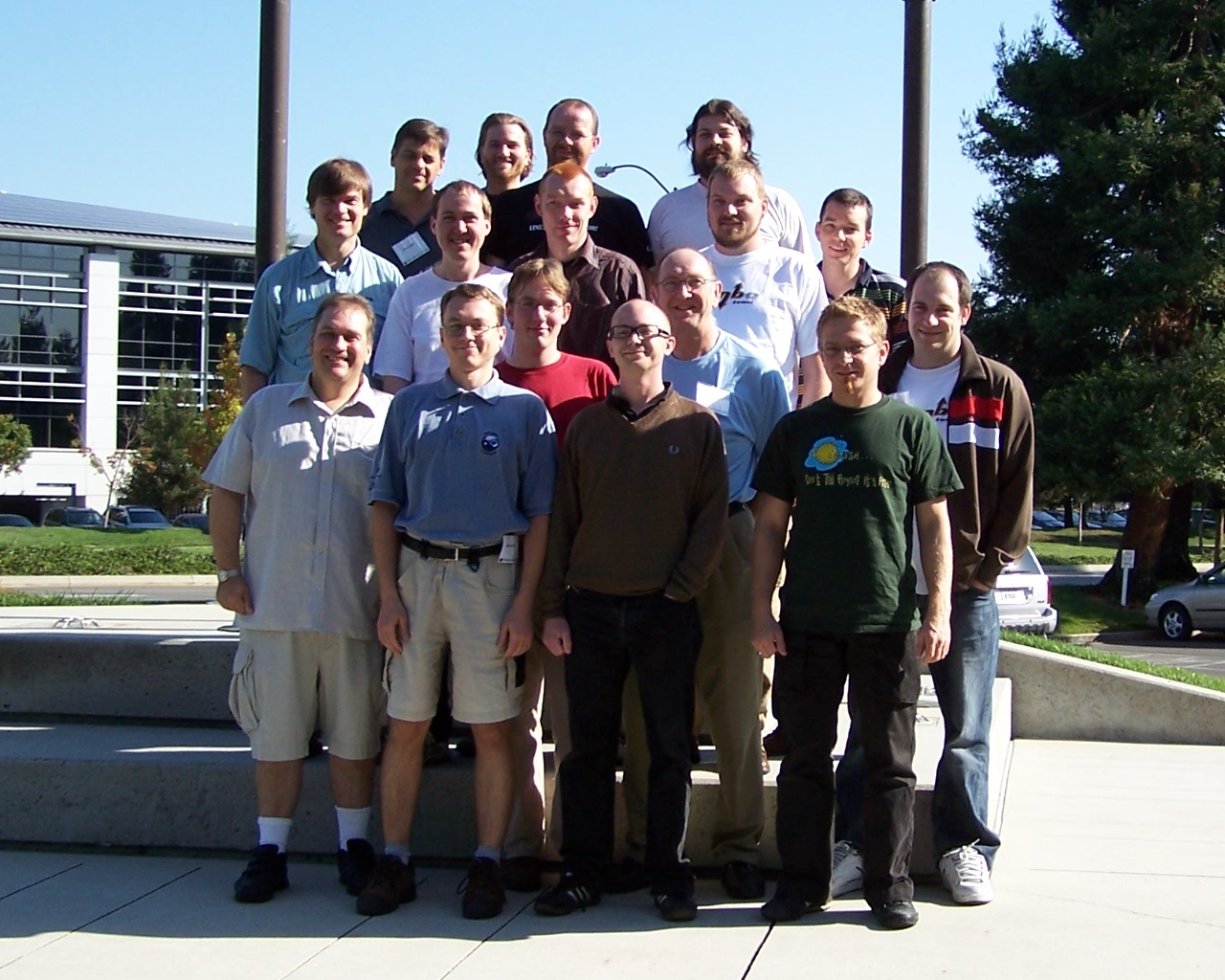It's Leopard day. I am really excited to get home to install the new version of OS X. It isn't actually the new operating system itself that excites me, it is the new applications that I know have been waiting for this release to be able to see the light of day. Our own Google Mac team has announced an update for Leopard, so update Google Desktop before you change your strips for spots. When you setup the new Mail.app, consider enabling IMAP in Gmail and using both (I have been looking forward to IMAP support for a long time)!
I was really excited to see our Blogger GData JavaScript client library release. I am particularly proud of the examples that came along with the release as they really show you some of our ideas and give you good starting points for your own secure mashups.
If you want to test GData endpoints, there is help for doing some testing with cURL which we documented for you.
We got to hear to some of the teams too. Bruce Johnson and Joel Webber, members of the Google Web Toolkit team, had a nice interview with Pearson before the upcoming conference on GWT.
Paul McDonald and Rich Burdon of the Google Mashup Editor Team also discussed the nuances of the GME product and where it is heading.
In the Google Maps world Pamela played with clickable Polygons and used the ability to play a game. Also, if you are a Flash-y kind of guy, you can do more with KML and Flash.
We hosted a lot of open source meetings such as:
For those that like to search across open source code, we have a new ability to tell us more about your code via the integration of Google Code Search and Sitemaps.
Fancy some video? We had some great tech talks on campus including:
- Randall Schwartz on Git
- An internal look at VMware Fusion
- Internet Security Keynote Google VP Vint Cerf
As always, check out the latest tech talks, subscribe to the Google Developer Podcast and visit the Google Code YouTube channel.
I am now heading out to get Leopard roaring, but a couple of final points. The new Google Finance Gadgets are interesting, and take a look at how our developer team lives in a Mario World.

















